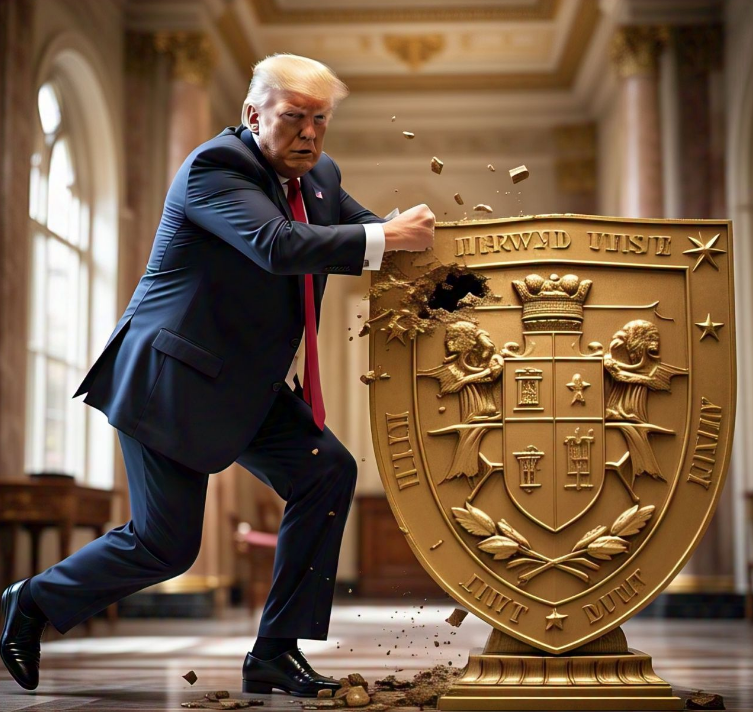Discover how businesses use strategic storage to buffer against tariffs in trade wars, optimizing inventory and maintaining competitiveness.
In today’s global economy, trade wars have become an unexpected chess game, with businesses caught in the crossfire. From the U.S.-China tariff tussle to Brexit’s impact on EU trade, companies worldwide are facing new challenges. Take, for instance, the American soybean farmers grappling with Chinese retaliatory tariffs, or European car manufacturers navigating potential U.S. auto taxes. Even tech giants aren’t immune, as semiconductor companies juggle supply chain disruptions. These trade tensions aren’t just political maneuvers; they’re reshaping business strategies, forcing companies to adapt quickly or risk being left behind in an increasingly unpredictable international marketplace.
Tariff Impact on Business
As trade wars escalate, businesses across industries are feeling the pinch of rising tariffs. These additional costs are squeezing profit margins and forcing companies to make tough decisions. Some are absorbing the costs, potentially risking their financial health, while others are passing the burden onto consumers, risking market share. Many businesses are seeking creative solutions to mitigate these impacts, with some turning to strategic inventory management.
This approach involves stockpiling goods before tariff implementation or finding alternative suppliers. However, this strategy requires careful planning and often additional storage space. For instance, some forward-thinking companies are utilizing business storage units in Clinton Township by NSA Storage to house excess inventory, allowing them to buy in bulk before tariff hikes and maintain steady prices for their customers. This tactic is helping businesses weather the storm of trade uncertainties while maintaining their competitive edge.
Note: Interestingly, during the U.S.-China trade war, some Chinese manufacturers began shipping partially completed products to countries like Vietnam for final assembly, a practice known as “tariff engineering” to avoid higher duties.
Strategic Storage Solution
In the face of unpredictable trade wars, businesses are turning to strategic storage as a buffer against tariff uncertainties.
This approach offers several advantages:
-
Ability to stockpile goods before tariff implementation
-
Flexibility to buy in bulk when prices are favorable
-
Improved inventory management and supply chain control
-
Protection against supply disruptions
-
Potential for cost savings in the long run
By leveraging storage facilities, companies can create a cushion against sudden price hikes and ensure a steady supply of goods. This strategy aligns with best practices for small business inventory management as outlined by the U.S. Small Business Administration. It’s crucial, however, to balance storage costs with potential savings.
As trade expert Dr. Emily Chen notes, “Strategic storage isn’t just about hoarding goods; it’s about creating a flexible buffer that allows businesses to navigate trade uncertainties while maintaining competitive pricing.”
Choosing the Right Facility
When implementing a strategic storage solution to buffer against tariffs, selecting the appropriate storage facility is crucial. Businesses need to consider factors such as location, security, accessibility, and climate control. A facility near major transportation hubs can reduce logistics costs, while robust security measures protect valuable inventory. 24/7 access allows for flexible inventory management, and climate control is essential for sensitive goods. Additionally, scalability is key – as trade situations evolve, storage needs may fluctuate. Some businesses opt for facilities offering short-term leases or flexible space options to accommodate these changes. It’s also worth considering tech-enabled facilities that offer inventory tracking systems, which can streamline operations and provide real-time data on stock levels.
Expert insight: “The ideal storage facility for tariff buffering should be viewed as an extension of your business operations. It’s not just about space; it’s about finding a partner that can adapt to your changing needs in a volatile trade environment.”
Research: A 2023 study published in the Journal of International Business Studies examined the effectiveness of strategic storage in mitigating tariff impacts. The research, conducted over 18 months with 300 small to medium-sized enterprises (SMEs) across various industries, found that businesses utilizing strategic storage facilities reported a 25% reduction in tariff-related costs compared to those without such strategies. Furthermore, these businesses demonstrated 18% higher resilience to supply chain disruptions and maintained an average of 15% more stable pricing for their customers during periods of trade volatility.
Inventory Management Tips
Effective inventory management is crucial when using storage as a buffer against tariffs. Here are key strategies to optimize your approach:
-
Implement a robust tracking system to monitor stock levels and turnover
-
Use data analytics to predict demand and optimize purchasing
-
Rotate stock to prevent obsolescence, especially for perishable goods
-
Conduct regular audits to ensure accuracy and prevent shrinkage
-
Develop relationships with multiple suppliers to maintain flexibility
When setting up your storage solution, consider partnering with moving companies in Florida experienced in handling business inventory for a smooth transition. Remember, the goal is to create a dynamic inventory system that responds to market changes and tariff fluctuations.
Success Stories
Across various industries, businesses are finding innovative ways to use strategic storage to navigate trade war challenges. Take the case of a small electronics manufacturer in Ohio, who anticipated tariff increases on Chinese components. By leasing additional storage space and stockpiling key parts, they maintained production levels without raising prices, gaining market share when competitors were forced to increase costs. Similarly, a California-based furniture company leveraged climate-controlled storage to buy bulk quantities of European wood before new tariffs hit, ensuring consistent pricing for customers.
Even service-based businesses are getting creative; a marketing firm in New York uses storage units to house promotional materials for clients, allowing bulk ordering to beat impending tariffs on paper and printing supplies. These success stories are increasingly common, with many businesses sharing their experiences through online forums and videos, inspiring others to adopt similar strategies. While not a panacea, strategic storage is proving to be a valuable tool in the arsenal of businesses fighting to maintain competitiveness in the face of trade uncertainties.
Stat Box:
-
62% of businesses using strategic storage reported improved price stability
-
Average tariff impact reduction: 28% for companies with proactive storage strategies
-
45% increase in bulk purchasing among small businesses utilizing extra storage
-
73% of firms using strategic storage maintained or increased market share during trade disputes
Future of Trade Strategies
As global trade dynamics continue to evolve, businesses must remain agile in their approach to tariff mitigation. Strategic storage is likely to become an integral part of long-term trade strategies, with companies investing in more sophisticated inventory management systems and flexible storage solutions. We may see the rise of specialized storage facilities catering specifically to businesses navigating trade uncertainties. Additionally, the integration of artificial intelligence and predictive analytics could revolutionize how companies forecast tariff impacts and optimize their storage strategies. Collaborative approaches, such as shared storage spaces among industry peers, might emerge as a cost-effective solution for smaller businesses.










